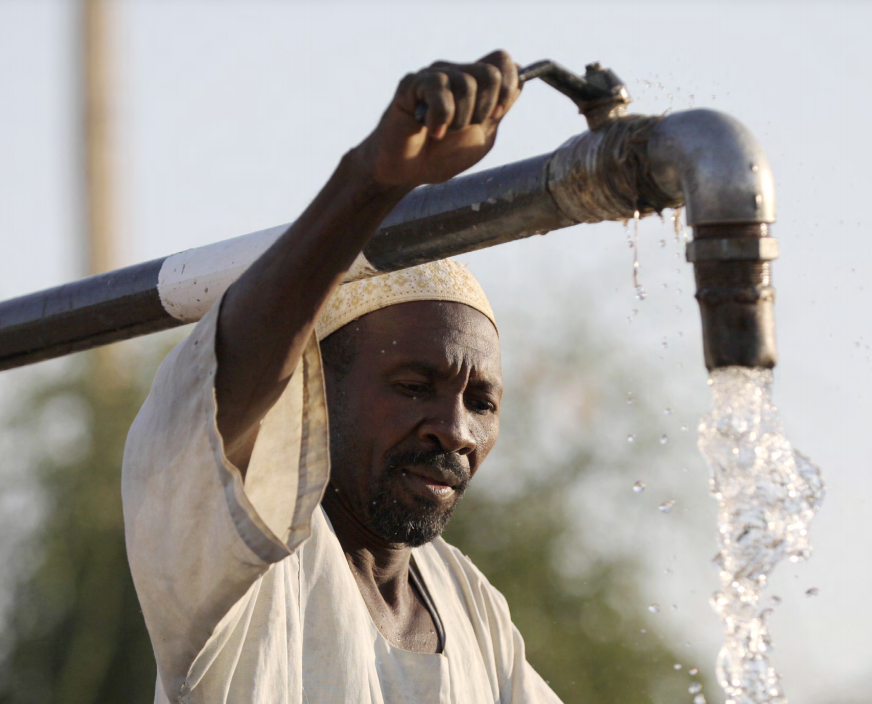
What did the UN spend on goods and services in 2020?
UNOPS, 7 July 2021
The 2020 Annual Statistical Report on UN Procurement analyzes the combined annual UN spending on goods and services. It shows that the UN’s procurement increased 12.3 per cent (or $2.4 billion) compared to 2019. This increase was driven by substantial increases in health-related equipment and supply purchases as the UN supported COVID-19 response efforts.
During 2020, the COVID-19 pandemic had a profound impact on the procurement activities of UN organizations. Overall spend on goods increased by 24.1 per cent (or $2.3 billion) while spend on services increased by 1.5 per cent (or $160 million). In addition, 16 UN organizations reported an increase in procurement activities, while the remaining 23 reported a decrease.
In 2020, UNOPS increased spending in the health sector by $216 million, or 157 per cent. In addition, UNOPS was one of the largest procurers of goods and services related to COVID-19 response efforts – spending a total of $222 million on behalf of partners.
The report found that pharmaceuticals, contraceptives and vaccines constituted the largest procurement category for the tenth consecutive year with a total of $3 billion. This was followed by $2.7 billion spent on transportation, storage and mail services, and $2.2 billion on medical equipment.
Enhancing opportunities for developing and transitioning economies is key to delivering on the 2030 Agenda for Sustainable Development. In 2020, UN procurement from developing countries, countries with economies in transition and least developed countries reached an all-time high of $13.7 billion – an increase of 11.4 per cent or $1.4 billion from 2019. This includes $4.1 billion procured from least developed countries – more than 16 per cent of that coming from Yemen.
The United States remained the largest supplier country in 2020, providing $1.9 billion of goods and services to UN organizations. Four developing countries – China, India, United Arab Emirates and Kenya – were among the top ten supplier countries in 2020, as well as Yemen, a least developed country. Together, the five countries had a procurement volume of $4 billion in 2020. This is the largest combined volume for developing countries within the top 10 suppliers to date, representing 18 per cent of total UN procurement in 2020.
China represented the largest increase as a supplier country to the UN, with spending on goods and services quadrupling compared to 2019 – reaching a total of $770 million. The large amount of medical and laboratory equipment procured from China helped push the total for COVID-19-related procurement from developing countries to $1 billion.
Of the 39 reporting UN organizations, UNICEF spent the most on goods and services, for a total of $4.5 billion. This was followed by the World Food Programme at $4 billion and the UN Development Programme at $2.6 billion.
Original article here.